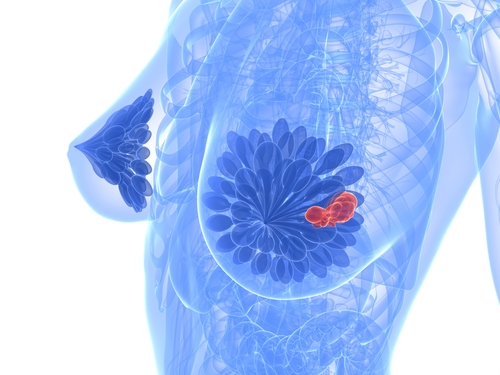Preventive mastectomy is surgery for the partial or total removal of one or both breasts in order to reduce the risk of breast cancer. A technique that can reduce risk by 95% in cases of genetic predisposition, as has been shown by science.
In our country, Public Health carries out a genetic test in cases where it is detected that there is a genetic risk, although it is only applied in extreme cases and always under medical prescription.
Preventive mastectomy, what is it?
The prophylactic mastectomy is the partial removal of the breast to reduce the risks of cancer in the future, so it is done when the disease has not yet developed. The woman has the final decision.
Genetic inheritance is present in 5-10% of cases of breast cancer. To advance to the diagnosis when there is an inherited gene that warns the woman of the high risk of suffering it is what pursues the preventive mastectomy.
His case not only helped to know what the preventive mastectomy is, but also to understand that it is not an easy decision to make. There are other alternatives, such as preventive monitoring (magnetic resonance and mammography). Although the partial or total extirpation drastically reduces the risks of this type of tumor.
When to do a preventive mastectomy?
As stated by the Spanish Breast Cancer Research Group, GEICAM, preventive mastectomy is able to reduce the chances of developing cancer by up to 95% in cases in which the genetic study shows a positive result for BRCA1 or BRCA2 or premalignant mammary lesions. However, specialists also point out that this is a special option, and the patient herself must make the final decision whether or not to undergo this intervention.
In other words, it is not a medical requirement, but a personal decision of the patients. Genetic mutation, it should be remembered, significantly increases the risk of bilateral breast cancer and ovarian tumor.
Mastectomy to prevent cancer
- The first step is to go to the doctor if we have a family history – by maternal line – of breast cancer, ovarian or colon cancer.
- The next step will be to perform a genetic test to rule out or confirm the percentage risk of developing a tumor.
- If so, the oncologist will advise you if it is advisable to undergo a mastectomy and what alternatives exist, including prophylactic chemotherapy or more frequent (monthly breast examination).
- When a mastectomy is performed, the breast can be reconstructed with its own tissue or with prosthesis.
Types of mastectomy
In cases where there is a high risk of hereditary breast cancer (having a history of three or more direct relatives with cancer or having had it before the age of 30), specialists can advise the woman to choose:
- A simple prophylactic mastectomy.
- A subcutaneous mastectomy. The difference is that the latter allows the preservation of the nipple and the areola, an aesthetic difference since its effectiveness as a preventive method is the same. It may also be advisable in some cases to decrease the risks of developing a tumor in the contralateral breast.
